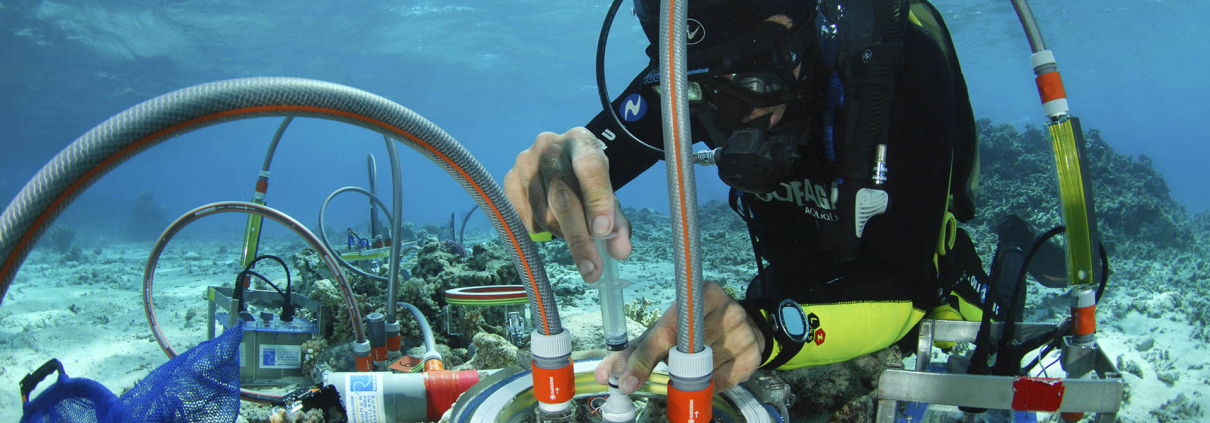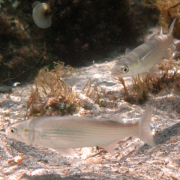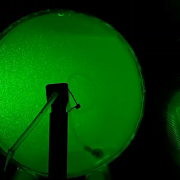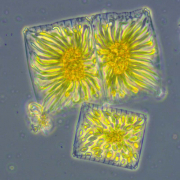Functional ecology
Understanding the role and functions of organisms in their living environment is a major objective set by the DISCOVERY team. To simplify the representation of biodiversity and its role in the functioning of ecosystems, a functional approach to biodiversity is used by looking for groups of species, characterised by common biological traits (trophic mode, mobility, sediment reworking, bioirrigation, etc.) that have homologous effects on key ecological functions (e.g. food webs, primary production, photosynthesis, biogeochemical fluxes, bioturbation, etc.). Particular attention will be paid to the variability of biological traits (functional redundancy) in response to biotic and abiotic interactions, and to the study of interactions between functional groups (facilitation, complementarity, inhibition, competition) in order to appreciate the complexity of communities. This information will enable us to conceptualise, develop and parameterise models of community structuring and ecosystem functioning.














 http://planktonnet.awi.de (provided under a Creative Commons Attribution 3.0 License)
http://planktonnet.awi.de (provided under a Creative Commons Attribution 3.0 License)